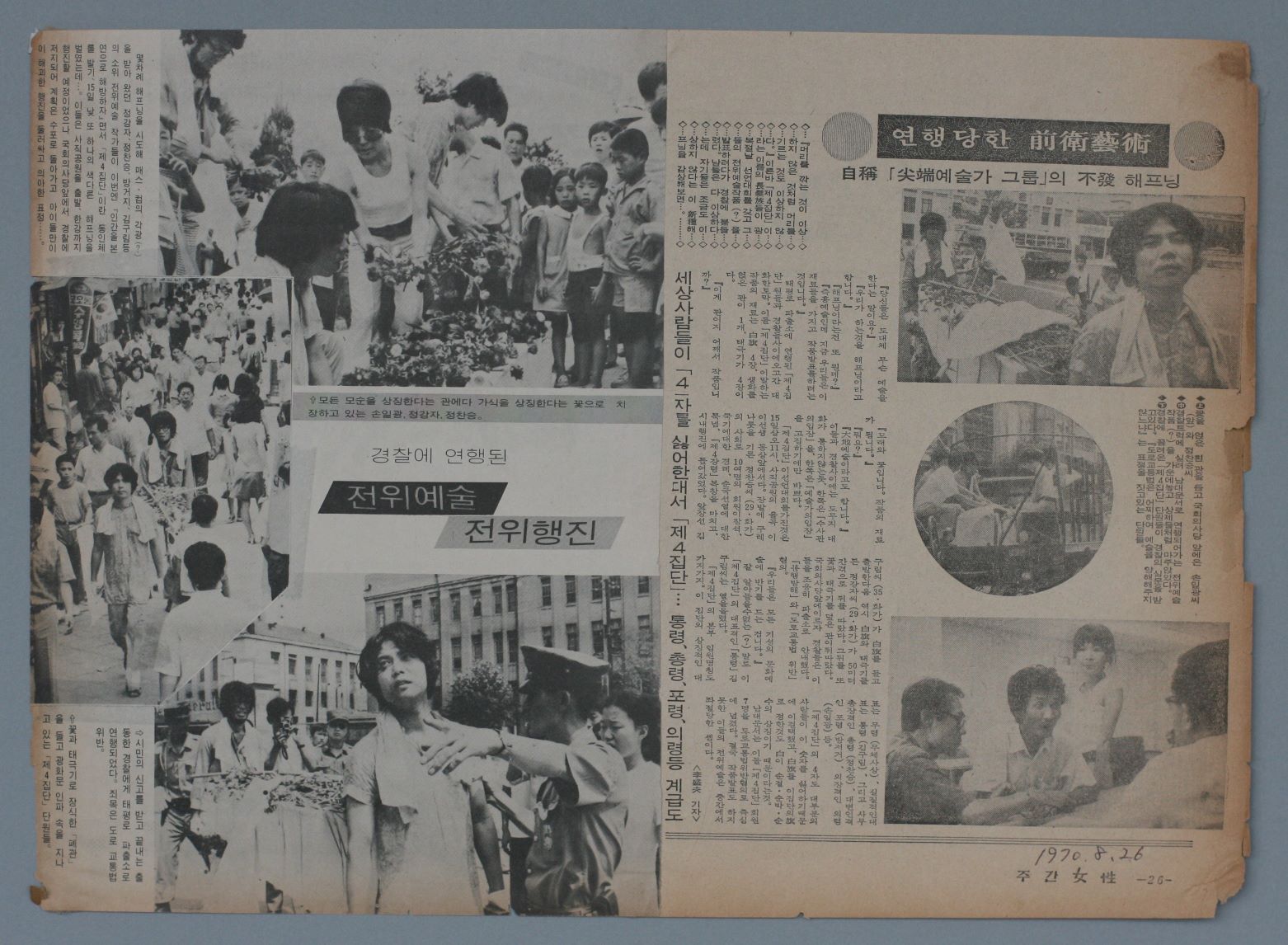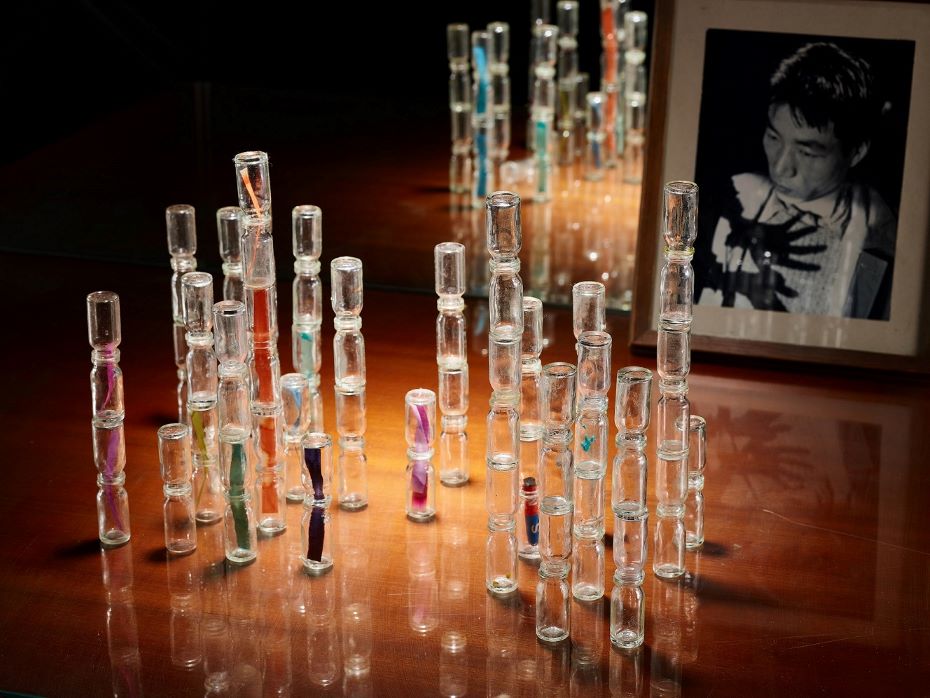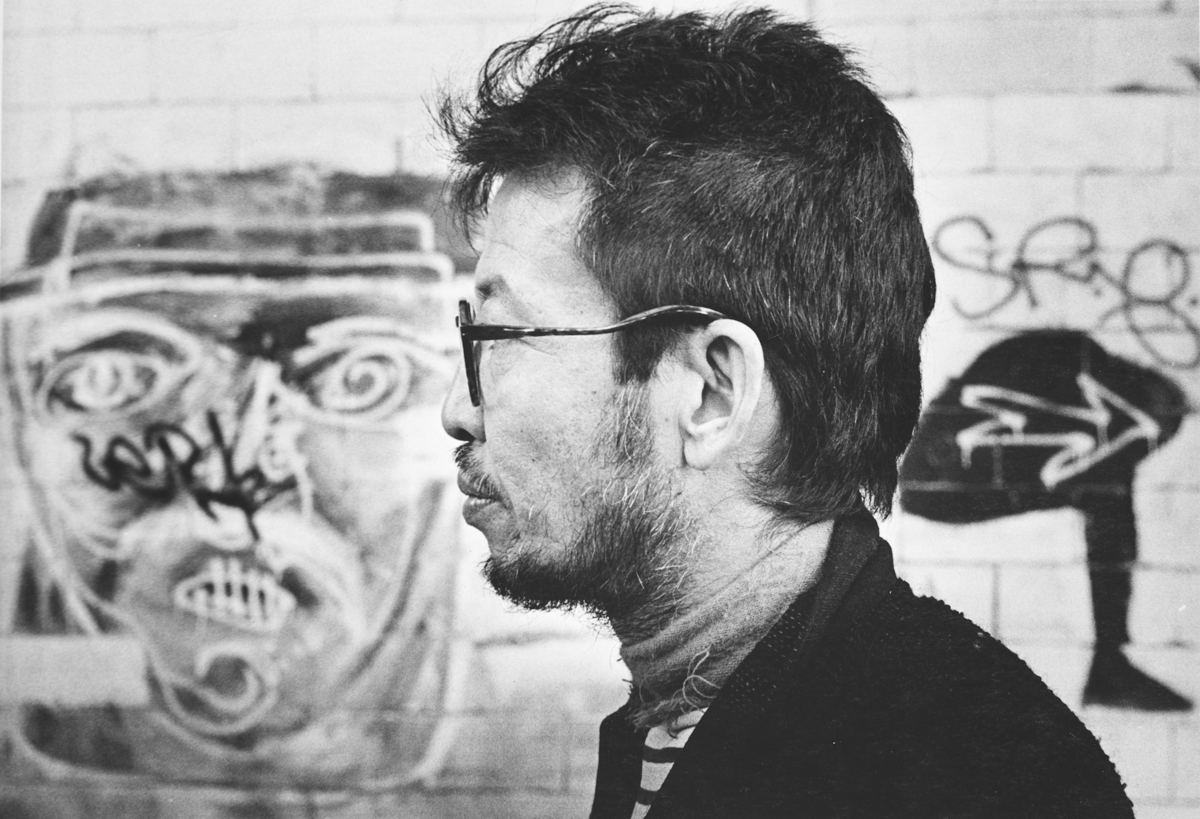
The Fourth Group, Funeral Ceremony of the Established Art and Culture (August 15, 1970), Jugan Yeoseong, August 1970. Image provided by Kim Kulim
Funeral Ceremony of the Established Art and Culture
* Source: MMCA
Related
-

Experimental art
A genre of Korean art characterized by non-two-dimensional work such as sculpture, environmental installation and performance that emerged in the late 1960s and continued over the course of the 1970s. Art historian Kim Mikyung has analyzed the movement in the context of the political and social phenomena of the time and first coined the term experimental art to describe such work.
-
The Fourth Group
A youth artist group that sought the liberation of humanity, the independence of Korean culture, and resistance toward the establishment, particularly through the expressive method of Happening. The Fourth Group celebrated its inauguration on June 20, 1970, which was published in the magazine Sunday Seoul on June 28, 1970. Although the Fourth Group did not have a strong political ideology, it was an artist group that aspired to create new art in relation to everyday lives and popular culture. They considered Happening as an anti-art weapon to challenge the government, the prestigious fine art community, and popular culture. This stance provoked intensive controversy and the interest of a range of artists. The group was active for just over two months before government authorities shut down it in August 1970. The group was criticized for a lack of seriousness and fighting spirit, but it was also the first art group that combined avant-garde approaches with a popular sensibility to create a uniquely Korean version of sub-cultural artistic production.
-

Chung Chanseung
Chung Chanseung (1942-1994) was a painter, performance artist, and installation artist. He was a pioneering figure who led experimental art in Korea in the 1960s and 1970s. He graduated from the Western Painting Department at Hongik University in 1965. After graduation, he was active in the artist collective Non Col, which he founded while still in college along with Kang Kukjin, Kim Inwhan, Nam Yeonghui, Yang Cheolmo, Choi Taeshin, and Han Youngsup. He also presented abstract paintings in the style of Art Informel. In 1967, he formed the Sinjeon Group, a group pursuing anti-art practices, together with Kang Kukjin, Jung Kangja, and others, and with members of Origin Society and Zero Group, he organized the Union Exhibition of Korean Young Artists. In 1968, Chung staged the happenings Transparent Balloon and Nude and Murder at the Han Riverside with Kang Kukjin and Jung Kangja. In 1969, he appeared in the experimental film The Meaning of 1/24 Second directed by Kim Kulim. In June 1970, he formed Korea’s first total art collective The Fourth Group with Kim Kulim, Bang Taesu, Son Ilgwang, and others. They presented the street happenings Street Theatre and Funeral of the Established Culture and Art. As these happenings by The Fourth Group were deemed decadent by government authorities, Chung focused on printmaking and three-dimensional works in and after the 1970s. After participating in the 1980 Paris Biennale, he moved to the U.S. a year later in 1981. Until his illness forced him to return to South Korea in 1994, Chung lived in the Greenpoint and Williamsburg neighborhoods of Brooklyn, New York and was immersed in making his distinctive junk art creations that connected metal scraps and discarded objects in a variety of manners.






